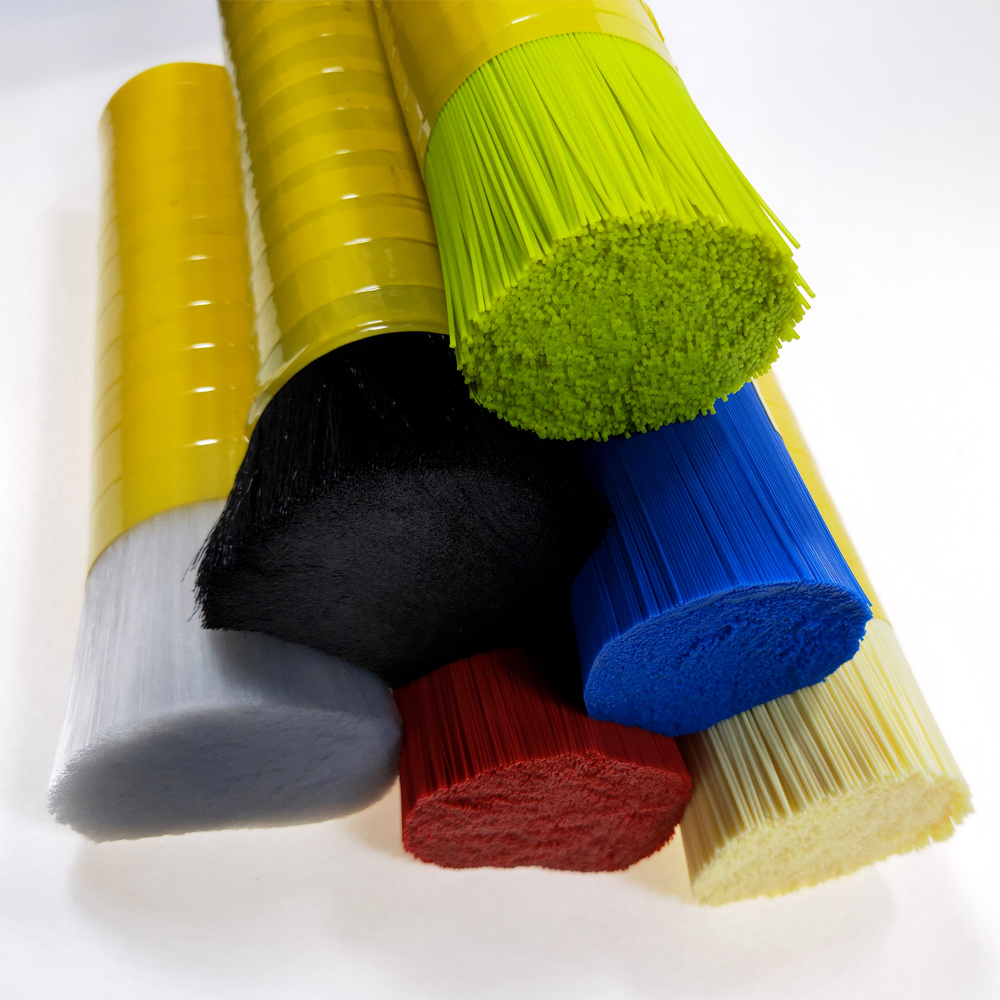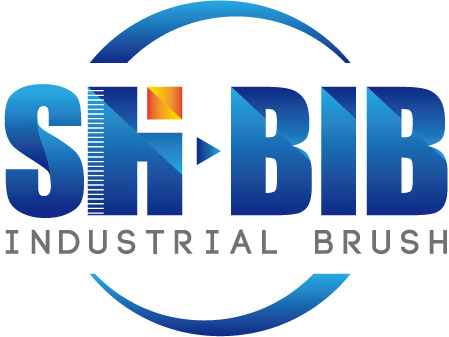PP vs. Nylon Filament: A Comparative Guide for 3D Printing
2025-10-20

Shanghai Bursten Industrial Co., Ltd., manufactures a wide variety of brushes, including strip brushes, roller brushes, tube brushes, and wheel brushes, for specialized applications like pharmaceuticals, printing, pipe cleaning, and automotive use.
The choice between Polypropylene (PP) filament and Nylon filament for these industrial brushes depends entirely on the specific application's requirements for durability, stiffness, temperature, and chemical exposure.
Below is a detailed comparison of their advantages and disadvantages when used as brush bristles:
PP Filament vs. Nylon Filament for Brush Bristles
| Feature | Polypropylene (PP) Filament | Nylon (Polyamide) Filament |
|---|---|---|
| Durability / Abrasion Resistance | Good / Fair. It is resistant to general wear but is less robust than Nylon under heavy-duty use. | Excellent / Superior. It is the most durable synthetic filament available, ideal for high-wear applications. |
| Bend Recovery (Bristle Memory) | Fair. The bristles struggle to return to their original shape after being flexed repeatedly, making them less ideal for continuous heavy scrubbing. | Excellent. It has superior elastic memory, meaning the bristles quickly return to their original shape, maintaining the brush's effectiveness over time. |
| Chemical Resistance | Excellent (Chemically Inert). Unaffected by most strong acids, bases, solvents, and oils. Preferred for aggressive chemical cleaning. | Very Good. Resists most common chemicals, oils, and solvents, but can be degraded by certain concentrated acids and bases. |
| Performance in Water | Excellent. Due to very low water absorption, it maintains its stiffness and strength when used in wet applications. | Good. It absorbs water, which can slightly reduce stiffness, though some grades (like Nylon 6.12) are engineered to minimize this. |
| Heat Resistance | Fair. Has a relatively low melting point, making it unsuitable for high-temperature applications (max. $\approx 225^\circ\text{F}$). | High. Can withstand significantly higher operating temperatures (up to $\approx 350^\circ\text{F}$), making it ideal for warmer environments. |
| Resistance to Bio-Growth | Excellent. Its low water absorption makes it naturally resistant to mold, fungus, and bacteria. | Good. Nylon 6.12 is often specifically used in food/medical environments for its anti-mold/antibacterial properties. |
| Cost | More economical and cost-effective. | Generally more expensive. |
Selection Recommendation based on Your Products
| Application (Based on your product categories) | Best Filament Choice | Reason |
|---|---|---|
| Heavy-Duty Scrubbing / Deburring (e.g., Tube End Deburring Machine brushes, Abrasive Nylon brushes) | Nylon | Superior durability, abrasion resistance, and excellent bend recovery are essential for aggressive tasks. |
| Pharmaceuticals / Food Processing (e.g., Pharmaceuticals brush roller, Syringe cleaning brush) | Polypropylene (PP) or Nylon 6.12 | Both offer good chemical resistance and low bio-growth. PP is preferred if the bristles must stay stiff when wet or if contact with harsh sterilizing chemicals is expected. |
| General Wet Cleaning (e.g., Sugarcane cleaning brush) | Polypropylene (PP) | PP maintains its stiffness and scrubbing power best when fully saturated with water. |
| Sealing / Door Seals (e.g., Angled brush garage door seal, Strip brush) | Nylon or PP | Nylon offers better wear resistance for frequently used seals (like industrial doors). PP is a low-cost option where the seal is stationary and exposed to external chemicals/oils. |
Previous:
Contact us
TEL: 008613781822862
ADD: Building 1, No 115, Lane 1276, Nanle Road, Songjiang District, Shanghai 201611, China








